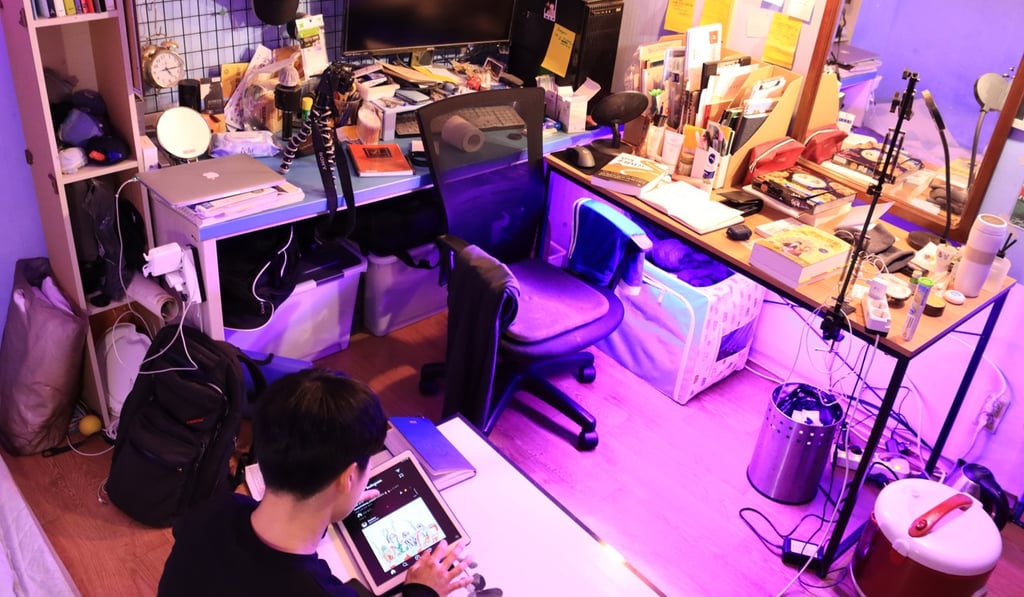What it’s really like to live in South Korea’s Parasite-style semi-basement homes
- Semi-basement apartments, known as ‘banjiha’in Korean, have been thrust into the spotlight this year by the Oscars success of Bong Joon-ho’s film
- Cramped and dingy, they are nonetheless relatively cheap – but falling demand means they could also soon become a thing of the past

Twice in his life has 26-year-old Lee Hyeon-woo considered himself really lucky.
The first time was when he was accepted into one of South Korea’s most prestigious art universities, and the second was when he found an apartment in Seoul – even though it was mostly underground.
The fictional portrayal of a poor family struggling and scheming to escape their dingy, squalid banjiha is used to darkly comic effect in the movie, but it is also an everyday reality for thousands of ordinary Koreans.
Lee has lived in his 260 sq ft banjiha, five steps below street level, for four years now. Though he has a large window in his room, its only view is of a towering stone wall at the end of an alleyway.

“I could sleep until 3pm because I don’t get woken up by sunlight,” Lee said. “But I still consider myself lucky because there’s no mould, no bugs and no smell like other places … and it’s dirt cheap.”